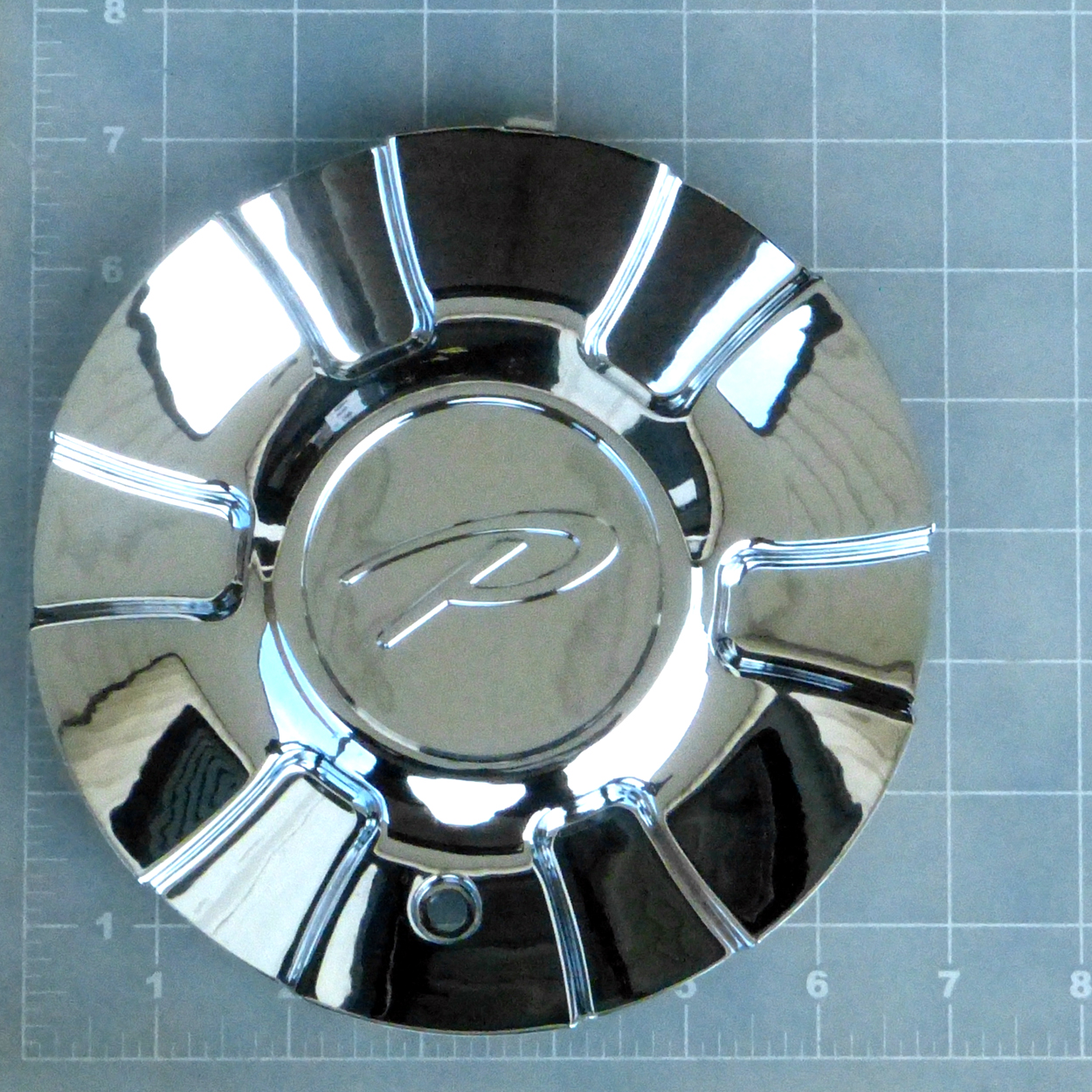Try out brand new Chrome Browser features in a pre-release build. Choose this option if you want to install the beta version of Chrome Browser to test its functionality and performance in your environment. Get the 64-bit and 32-bit beta bundles. Chrome beta MSI (64-bit) Chrome v. Chrome 89 has been skipped over due to many Google products not updating in iOS since November 2020. 90.0.4430 2021-04-13 (Android) 2021-04-14 (Linux, macOS, and Windows) Blink 90 (except iOS) 9.0.257 'A number of fixes and improvements.' A new value for the CSS overflow property. Get more done with the new Google Chrome. A more simple, secure, and faster web browser than ever, with Google’s smarts built-in. Google Chrome is a fast, simple, and secure web browser, built for the modern web. Speed Chrome is designed to be fast in every possible way. It's quick to start up from your desktop, loads web pages in a snap, and runs complex web applications lightning fast.
Google Chrome version 89 began rolling out to users in the stable channel on March 2 and should be on most people's machines by now. The new build offers significant memory savings on 64-bit Windows platforms thanks to increased use of Google's PartitionAlloc memory allocator. On macOS, Chrome 89 plays catch-up and gets closer to the performance of the flagship Windows builds.
Chrome on Windows
Google says use of RAM in 64-bit Windows is down up to 22 percent in the browser process, 8 percent in the renderer, and 3 percent in the GPU. The company also claims a 9 percent decrease in latency, meaning a more responsive browser. The improvements are largely due to intercepting malloc() calls with PartitionAlloc.
Chrome 89 has also gotten significantly more aggressive about discarding unused RAM. When you scroll resources such as large images off-screen in the foreground tab, Chrome discards the memory those resources used. The change impacts background tabs as well, resulting in a savings of as much as 100MiB per tab.
Chrome on macOS
Chrome 89 on macOS is still playing catch-up but now includes improvements to memory management on background tabs that other platforms have had for a while—Google says this means up to 8 percent RAM savings on macOS.
Tab throttling is also improved on macOS in build 89, with up to 65 percent better Apple Energy Impact scores on background tabs.
AdvertisementChrome on Android
In theory, a developer only needs one APK for just about any Android device. In practice, resources tend to be very constrained on mobile—making the concept of packages tailored to an individual device's capabilities much more attractive than it might be on beefier desktop or laptop systems.
Google has updated the Play Store itself to allow it to generate optimized APKs for a user's specific device and has updated Chrome to take advantage of the new capabilities. Using these Android App Bundles and Isolated Splits, Chrome can launch with a significantly reduced initial codebase and dynamically load more features later as the user needs them.
A new feature called Freeze-Dried Tabs decreases startup time even further. Google describes Freeze-Dried Tabs as lightweight versions of those tabs about the size of a screenshot but supporting scrolling, zooming, and tapping on links. When opening Chrome, the initial display uses Freeze-Dried Tabs—getting you into the browser with some interactivity up to 13 percent faster.
Freeze-Dried Tabs in particular sounds like an enormous improvement over the usual mobile app practice of displaying a recent screenshot of the app while it loads, tricking users into thinking the app is loading much more quickly and smoothly than it really did—but offering no more actual function than if the app displayed a blank screen while it loaded. Sims 4 mac torrent download.
© Provided by ZDNet Google's advancements should help browsers handle more inputs. Getty Images/iStockphotoGoogle has announced some new hardware advancements for its Chrome browser on the desktop that should help browsers handle inputs from more exotic devices, such as gamepads.
The WebHID specification allows websites to retrieve information about locally connected Human Interface Device (HID) devices, which includes everything from a mouse to keyboards, as well as joysticks and gamepads like the Microsoft Xbox controller.
Enterprise Software
Computer user looking at smartphone in cafe with laptop and coffee.
As Google explains, there's a long tail of HIDs and some of them are old or too rare to be accessible by a PC's hardware drivers. WebHID uses the JavaScript programming language to bridge the gap between browsers, game controllers and other input devices, PCs and the underlying operating system.
SEE: An IT pro's guide to robotic process automation (free PDF) (TechRepublic)
'The inability to access uncommon or unusual HID devices is particularly painful, for example, when it comes to gamepad support. Gamepad inputs and outputs are not well standardized and web browsers often require custom logic for specific devices. This is unsustainable and results in poor support for the long tail of older and uncommon devices,' Google explains.


Docker image macos. WebHID was one of the new application programming interfaces (APIs) that Apple rejected for its Safari browser due to concerns it could be exploited for user fingerprinting. It's a practice among some online marketers that use bits of JavaScript code to test for a range of conditions, such as whether a user has allowed a website to give notifications or access to the device's camera. Other examples include API fingerprinting and detecting whether sensors like a microphone are present.
WebHID is enabled by default in Chrome 89, which is due for stable release at the beginning of March, 2021.
Chrome 89
Devices with near field communications (NFC) chips are also getting a boost in Chrome 89 by being enabled by default on Android.
The new Web NFC standard was added to Chrome version 81 and allows websites to interact with NFC tags. That means people can use the phones and tablets in combination with a website or web app to, for example, get information from an NFC tag at a museum or conference. Those applications likely won't be used much until the COVID-19 pandemic is over.

SEE: Microsoft 365 vs Google Workspace: Which productivity suite is best for your business?
What's New In Chrome 89
Chrome also now supports decoding AVIF content natively using existing AV1 decoders on Android and WebView.
Chrome 89 Bug
Chrome got support for the new AVIF image format (AV1 Image File Format) last year in Chrome 85. The specification enables faster page loads and improved colors in images.
Chrome 89.0




